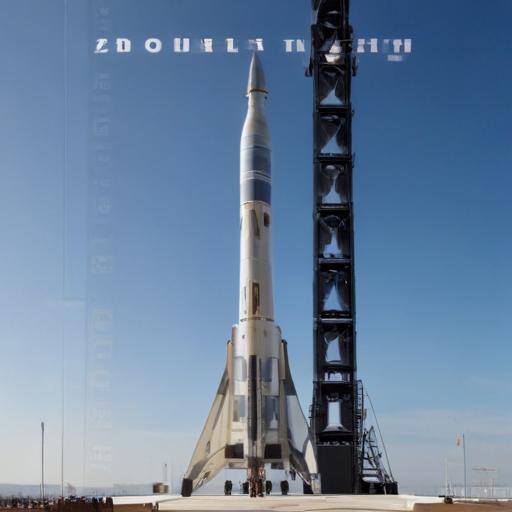On July 1, 2025, the second satellite of the Meteosat Third Generation (MTG) program, MTG-S1, along with the first instrument for the Copernicus Sentinel-4 mission, will be launched from Cape Canaveral, Florida. This highly anticipated event will be broadcast live on ESA WebTV, starting at 21:15 CEST. The launch, handled by SpaceX using a Falcon 9 rocket, is scheduled for 23:03 CEST.
Both the MTG-S1 and Copernicus Sentinel-4 missions represent significant advancements in Earth observation technology, designed to tackle pressing scientific and societal issues such as air quality monitoring and extreme weather forecasting. The MTG-Sounder (MTG-S1) will enhance meteorological data collection, assisting in improving the precision of weather forecasts and storm predictions. The Sentinel-4 mission focuses on air quality, utilizing its instruments to monitor atmospheric pollution across Europe and northern Africa.
The MTG-S1 satellite, which follows the previously launched MTG-Imager (MTG-I), will deploy an Infrared Sounder to gather accurate atmospheric data, including temperature, humidity, and wind. This data will allow meteorologists to create detailed 3D atmospheric maps, improving weather prediction capabilities. Positioned in geostationary orbit approximately 36,000 km above the equator, MTG-S1 will provide continuous coverage of its target area every 15 minutes.
Similarly, the Sentinel-4 mission will track air quality by employing a UVN spectrometer that collects hourly data on various pollutants such as nitrogen dioxide and ozone. This continuous monitoring will assist the Copernicus Atmosphere Monitoring Service in generating rapid forecasts for air quality, complementing existing satellite missions like Sentinel-5 and Sentinel-5P, which operate in polar orbits.
The launch is anticipated to have a critical impact on environmental monitoring and weather forecasting across Europe and northern Africa, vastly improving the tools available to scientists and policymakers. With preparations underway, excitement builds as the scientific community and the public look forward to the innovations these missions will bring.
Be sure to tune in live on ESA WebTV to witness this important advancement in satellite technology and Earth observation science.
